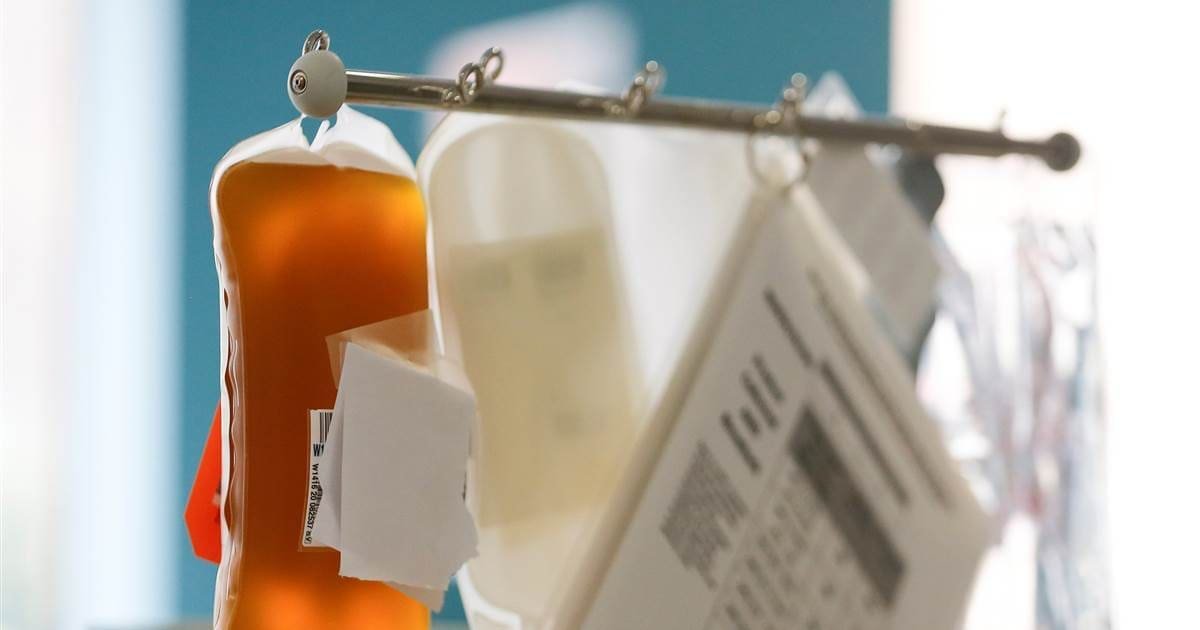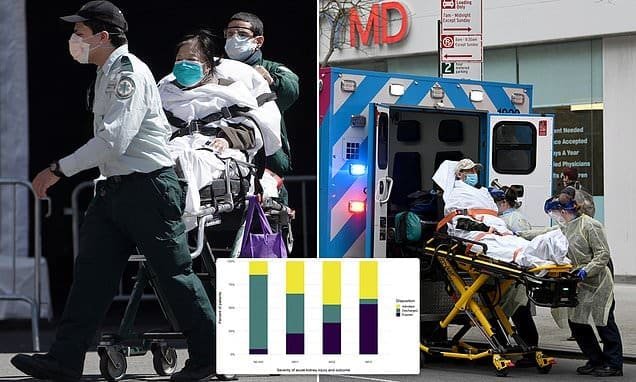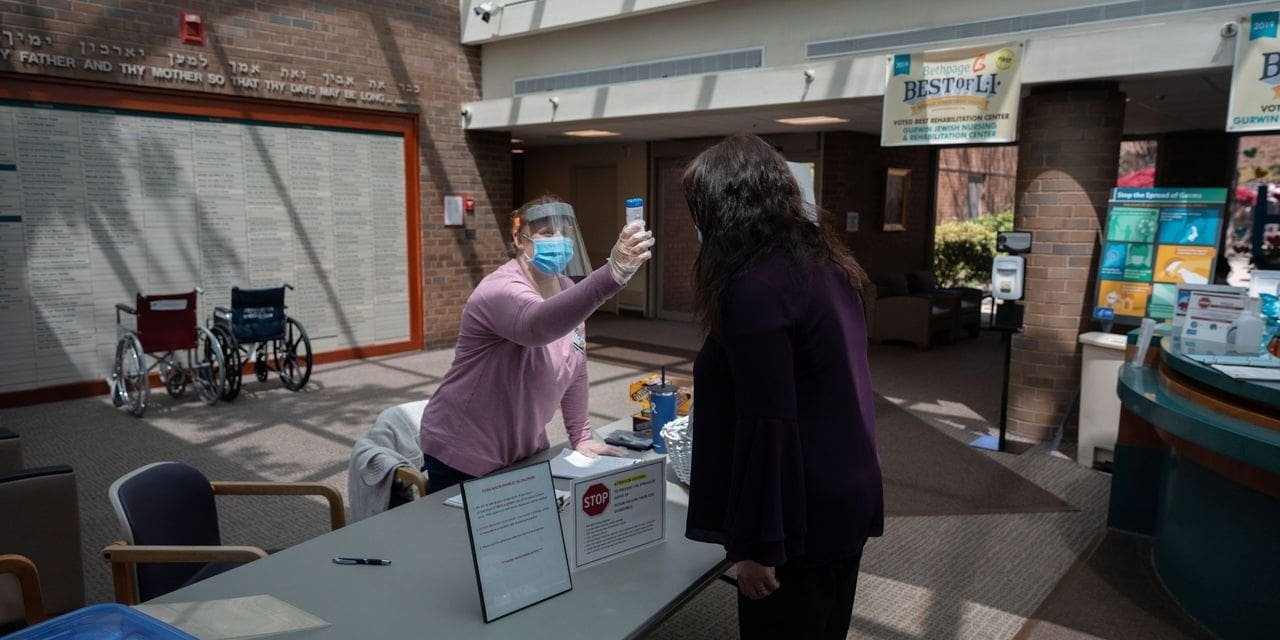What Does ‘Peak Infection’ Mean?
We are now at a point where the number of confirmed COVID-19 cases in the United States number in the hundreds of thousands, while the death toll is in the tens of thousands. Although these numbers are grim, the rate of increase is slowing down, a sign that all of our hand-washing, staying at home and physical distancing is paying off.
Maybe, just maybe, we’ve reached the peak everyone has talked about, with the curve staying just flat enough that we didn’t completely overwhelm the system. Maybe, just maybe, the number of new cases will continue to drop.
That said, reaching the peak is similar to turning the stereo volume from 11 down to 10. Yes, the volume has decreased, but that doesn’t mean it’s safe to take our hands off our ears. For this pandemic, passing the peak means there are still a lot of new cases; there just aren’t quite as many. It’s also important to remember that there are still a lot of ongoing cases out there, which also means people are still at a high risk for getting sick.
Most of us got the message that we needed to flatten the curve and stayed home, in order to protect the safety of healthcare workers. These herculean efforts have helped, although for those who are sick or lost loved ones, this may seem like too little, too late. It’s also cold comfort for the millions of people who have lost their jobs.
What next?
With this decrease in numbers of new cases comes the question: What happens next?
As we all try to survive from one moment to the next, it’s worth spending a little time thinking about what might lie in store in the coming weeks ahead. As much as we all long for the end to be in sight, we have a long road ahead of us, one that will only start with an initial decline in new cases.
“If we open up too early, we will have a surge again,” says Hardeep Singh, a professor of medicine at Baylor College of Medicine.
More testing is needed
The World Health Organization has laid out six criteria that need to be in place before society can fully re-open. This includes controlling transmission; being able to safely test and care for everyone; minimizing risk in hospitals, nursing homes and workplaces; keeping a watch on imported cases; and aensuring full community engagement.
As of right now, the U.S. isn’t anywhere near ready to re-open.
“We are not doing enough testing,” Singh says. There are testing shortages, as well as a lack of comprehensive contact tracing, especially in areas with high rates of infection. This means that in many cases, when someone does test positive, the people they may have come into contact with aren’t notified or given the opportunity to be tested.
“Testing is only good if it is followed by containment,” Singh says. “The problem with reopening is we need to get contact tracing and containment ramped up.”
Opening up too soon will lead to more cases
Already, we are seeing people impatient for re-opening society. States such as Georgia, Texas, Tennessee and South Carolina have announced plans to start lifting some of the restrictions. This is in spite of still having new confirmed cases, as well as Georgia, Texas and South Carolina having some of the lowest testing rates in the nation.
“People want to get back to work,” Singh says.
People want their old lives back. They want to return to some semblance of what the world was like before. But as much as people long to return to their old lives, we are not anywhere near close to that being a possibility.
Opening up too soon will most likely lead to another surge in cases, which would prompt another wave of lockdowns. This is especially true if there isn’t enough testing available, as widespread testing helps the experts know when infections are brewing in the community, long before patients start showing up in the ICU. There’s also the simple fact that community spread will look different from state to state, as well as in cities versus rural areas. Without enough testing, we won’t know what to predict, or what is happening until it is too late.
“Some plans are going to have to be fluid,” Singh says, adding that people should get used to a different lifestyle for a while. As we approach what may be a peak in infections, we’d do well to remember that we are in this for the long haul.





Recent Comments